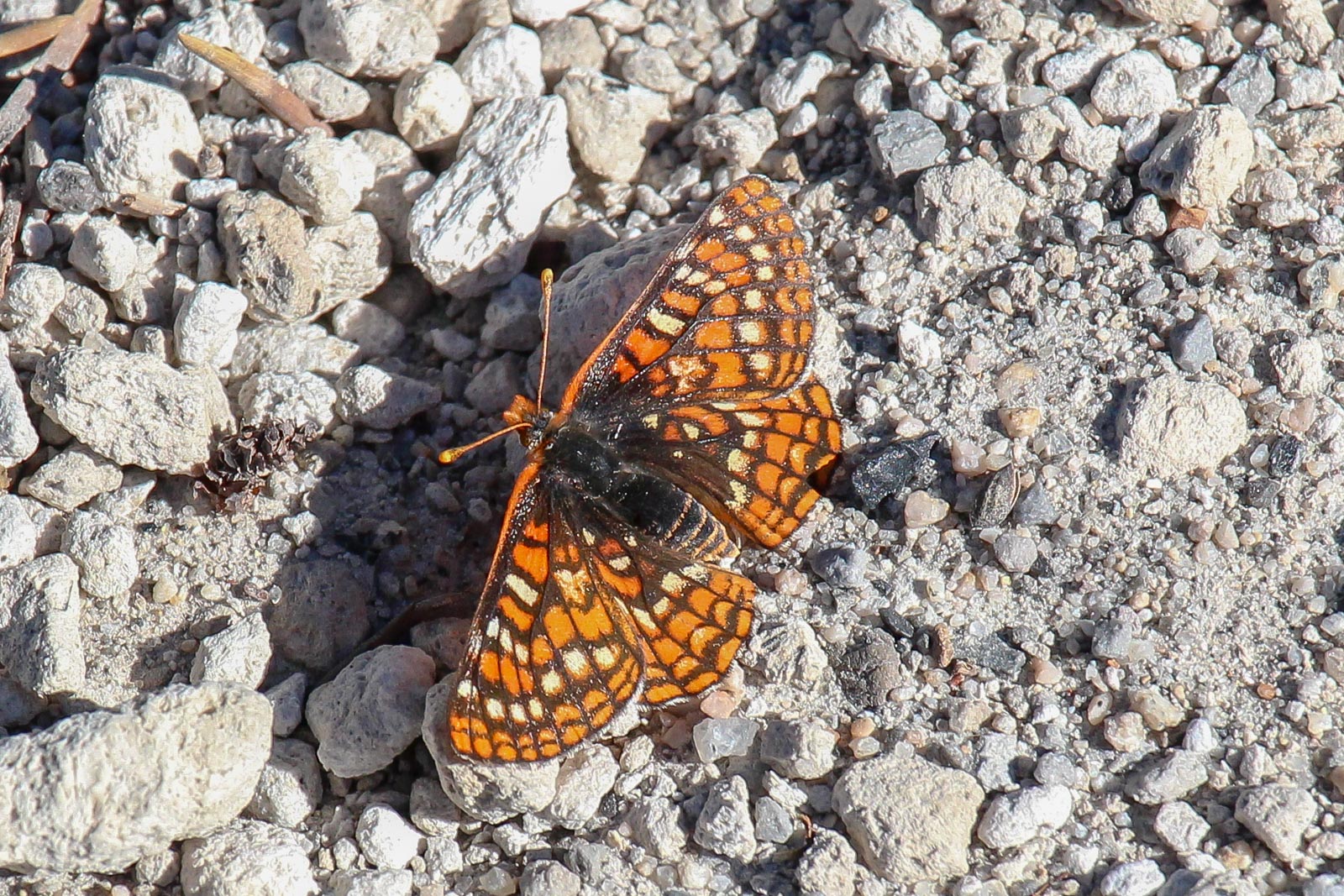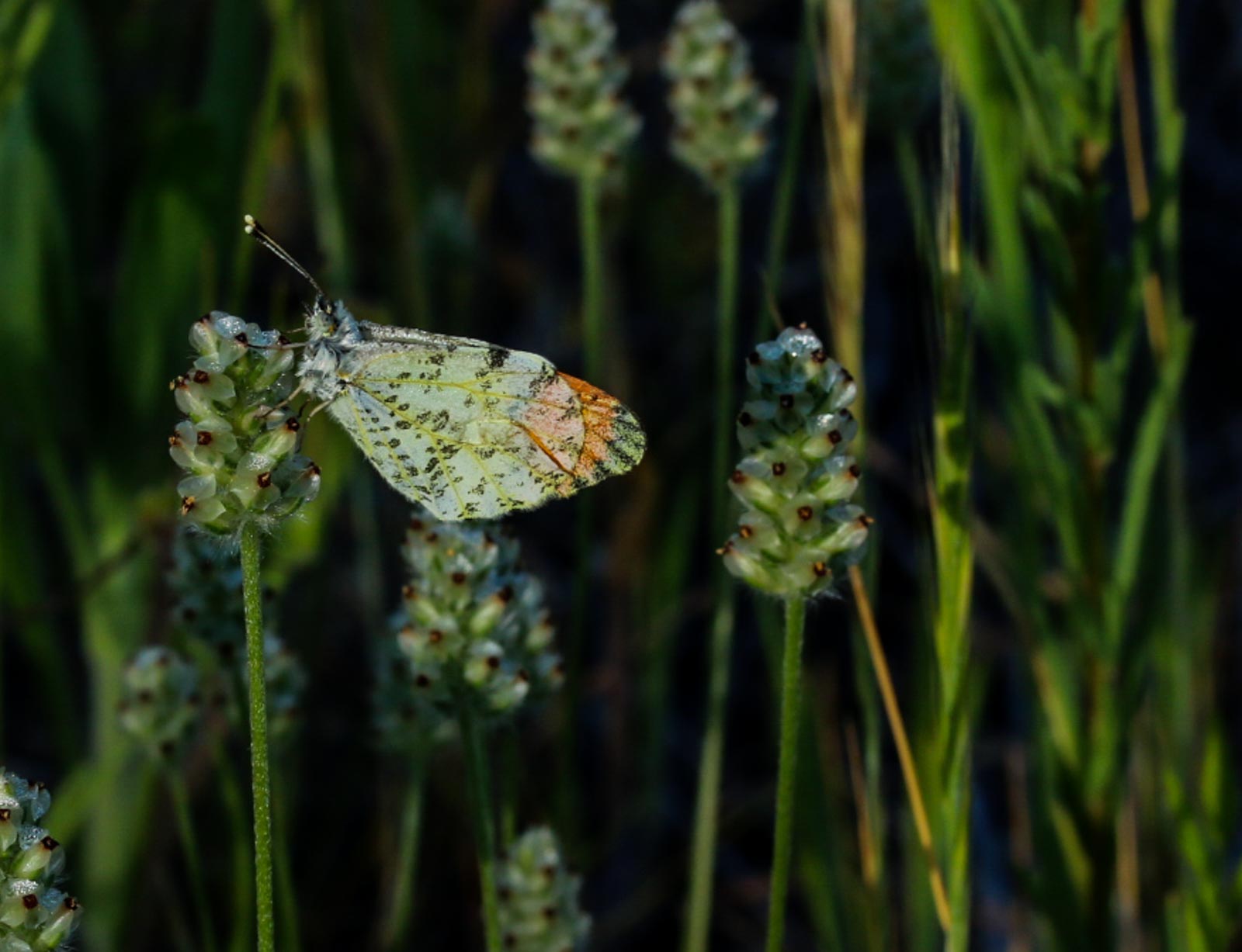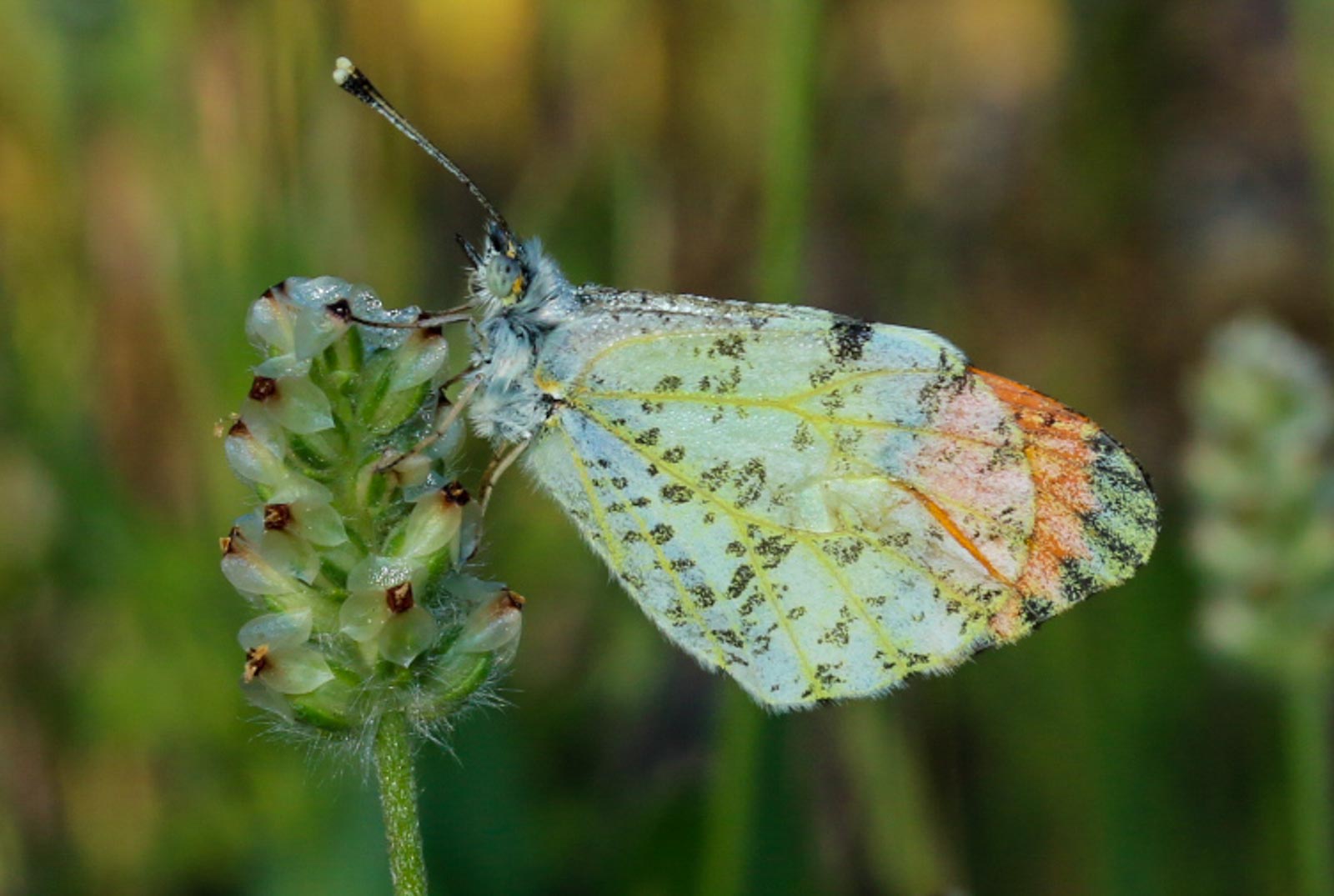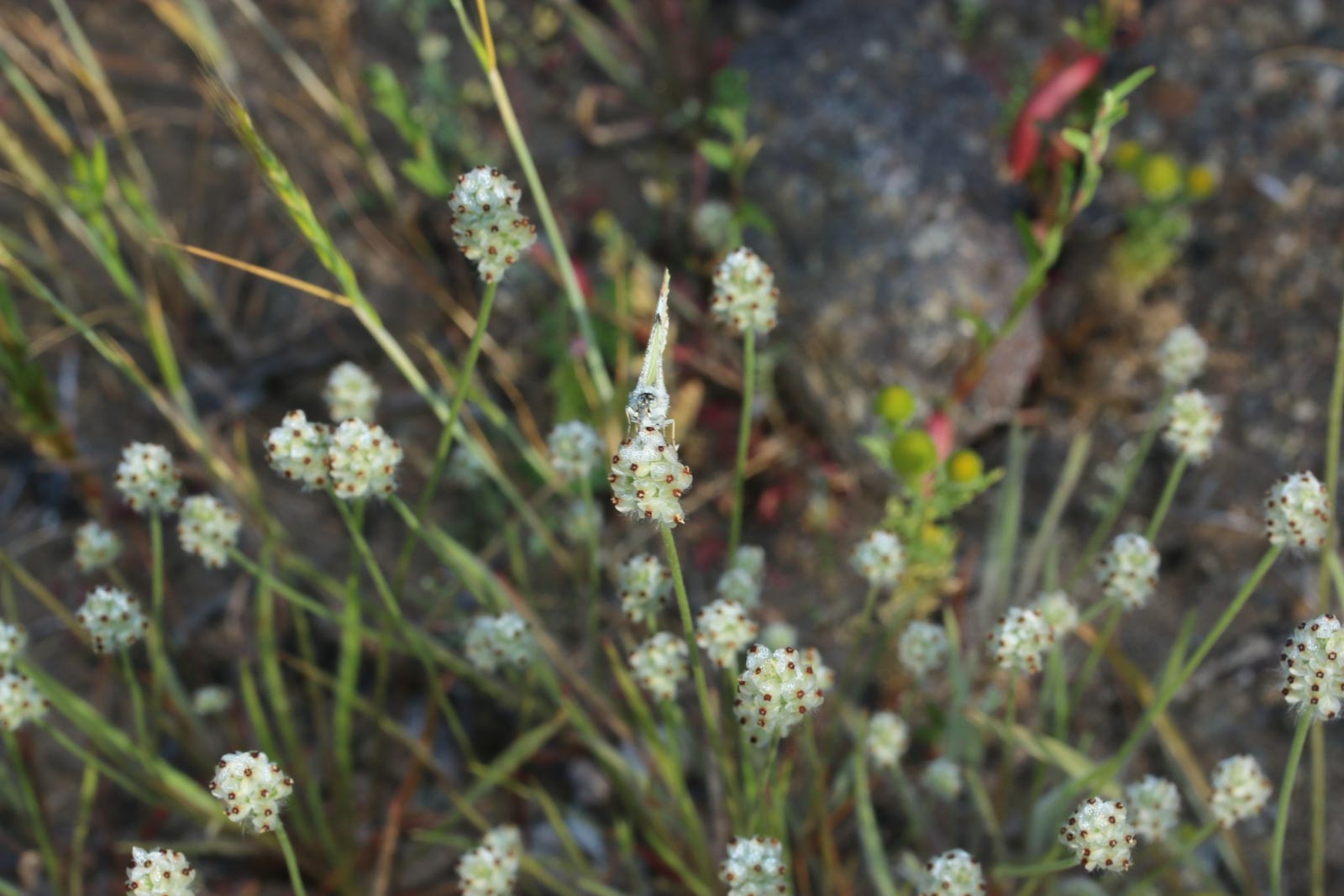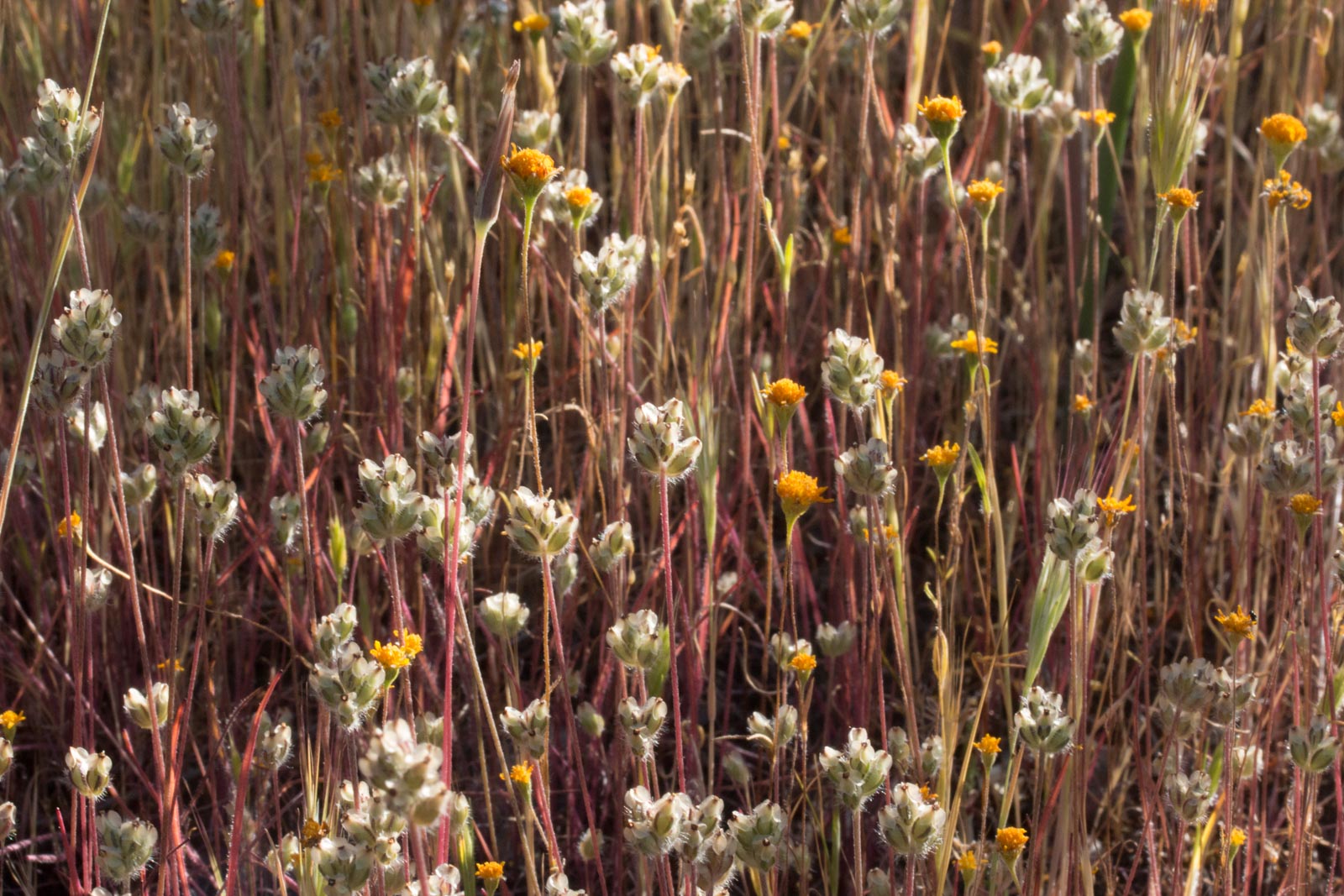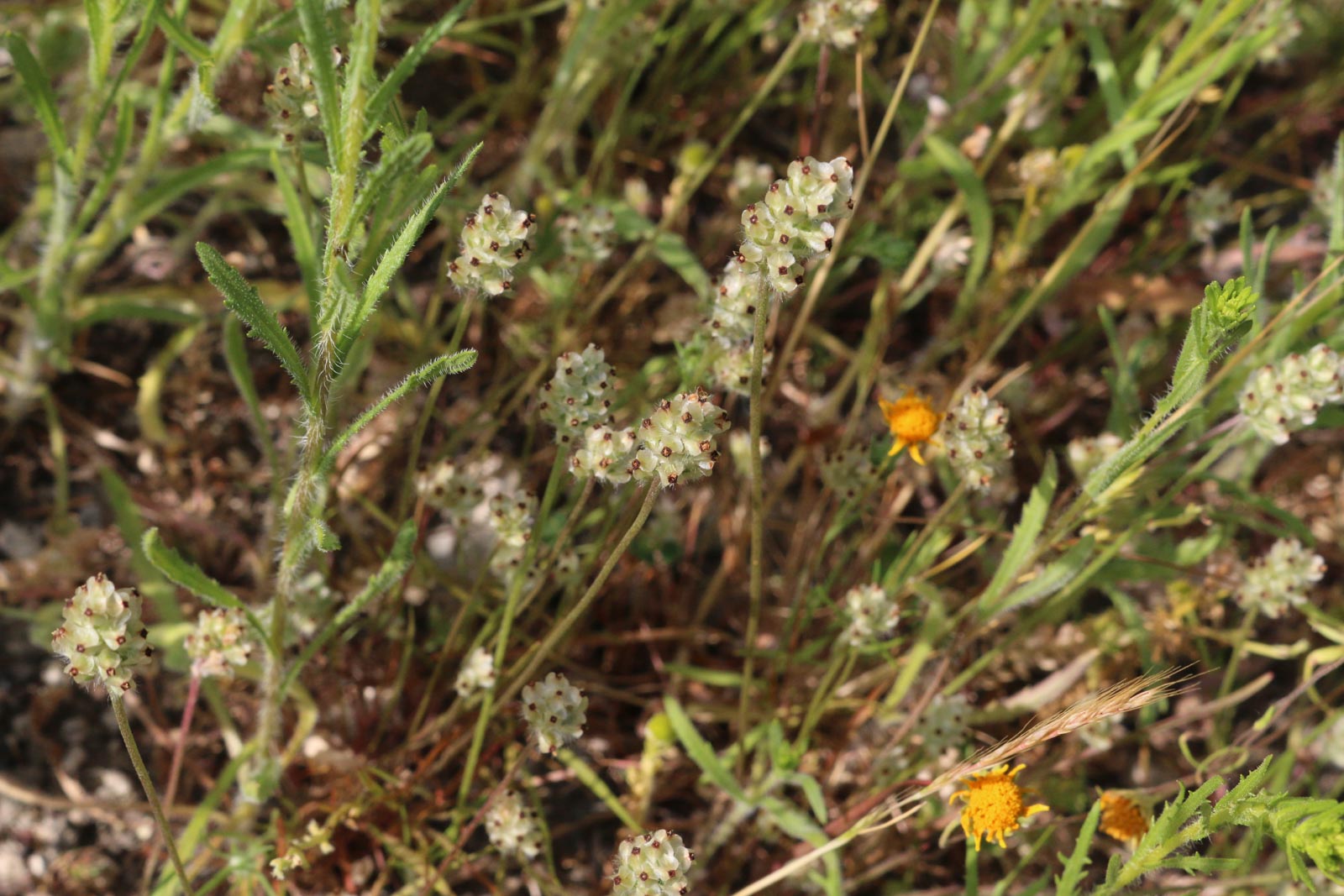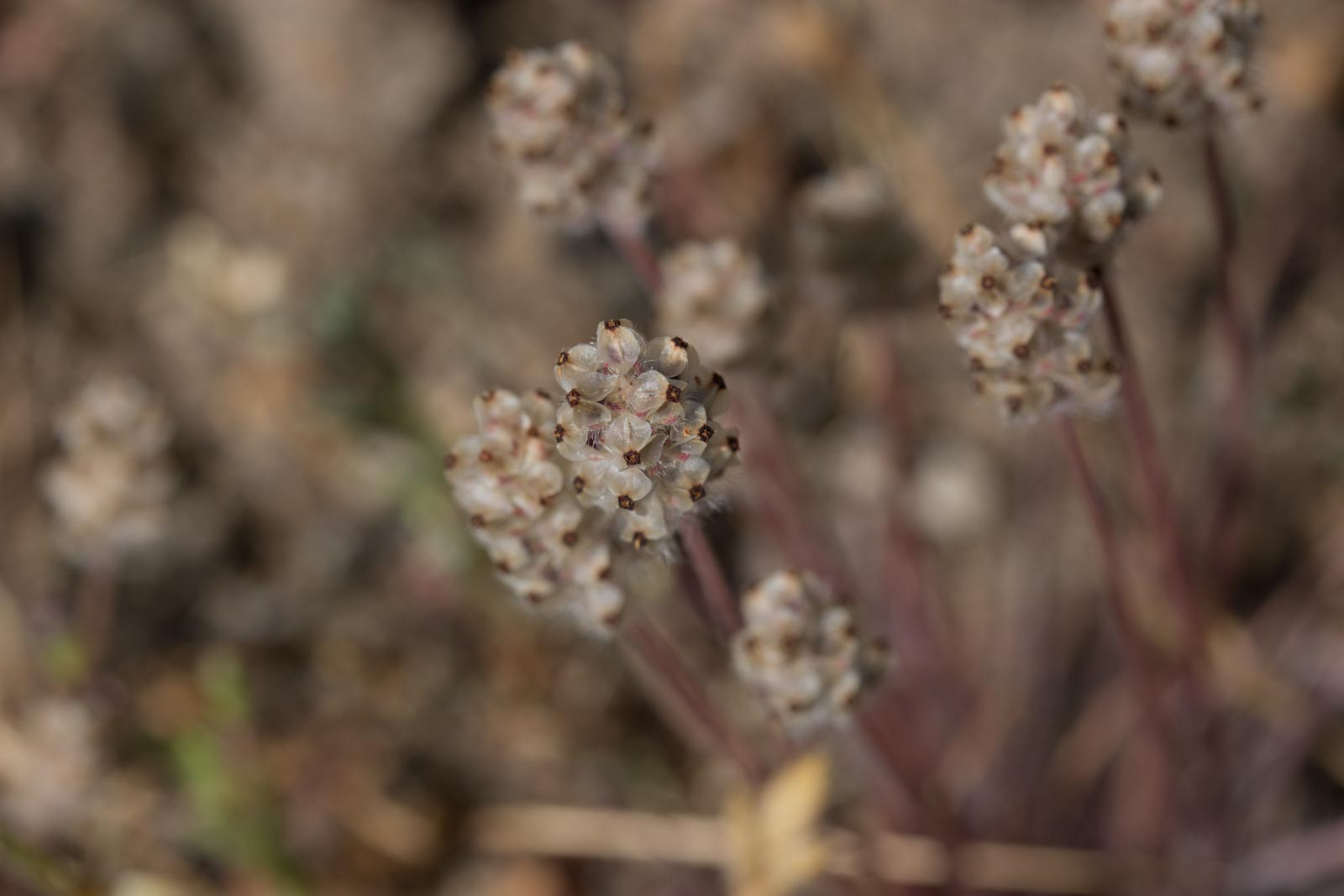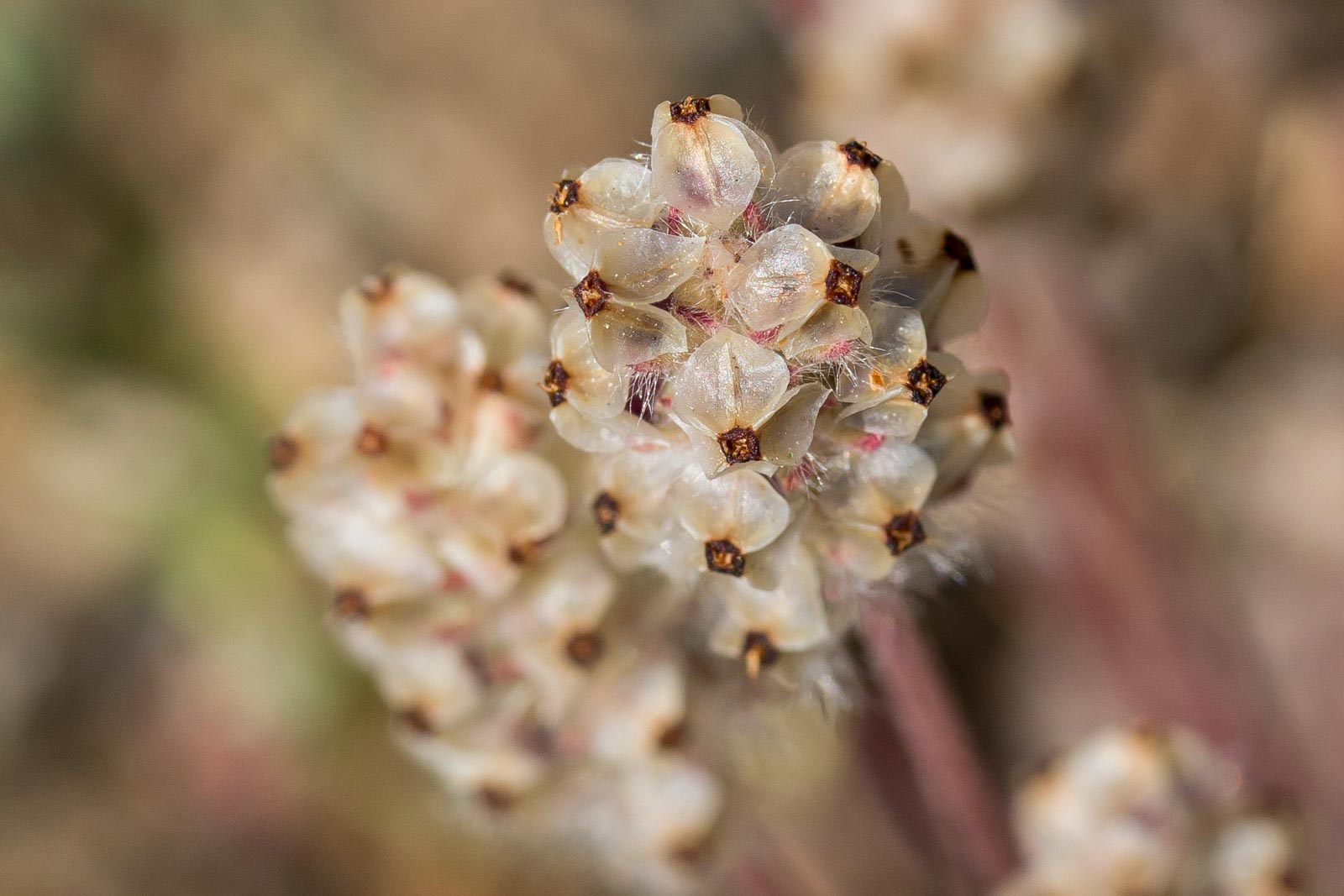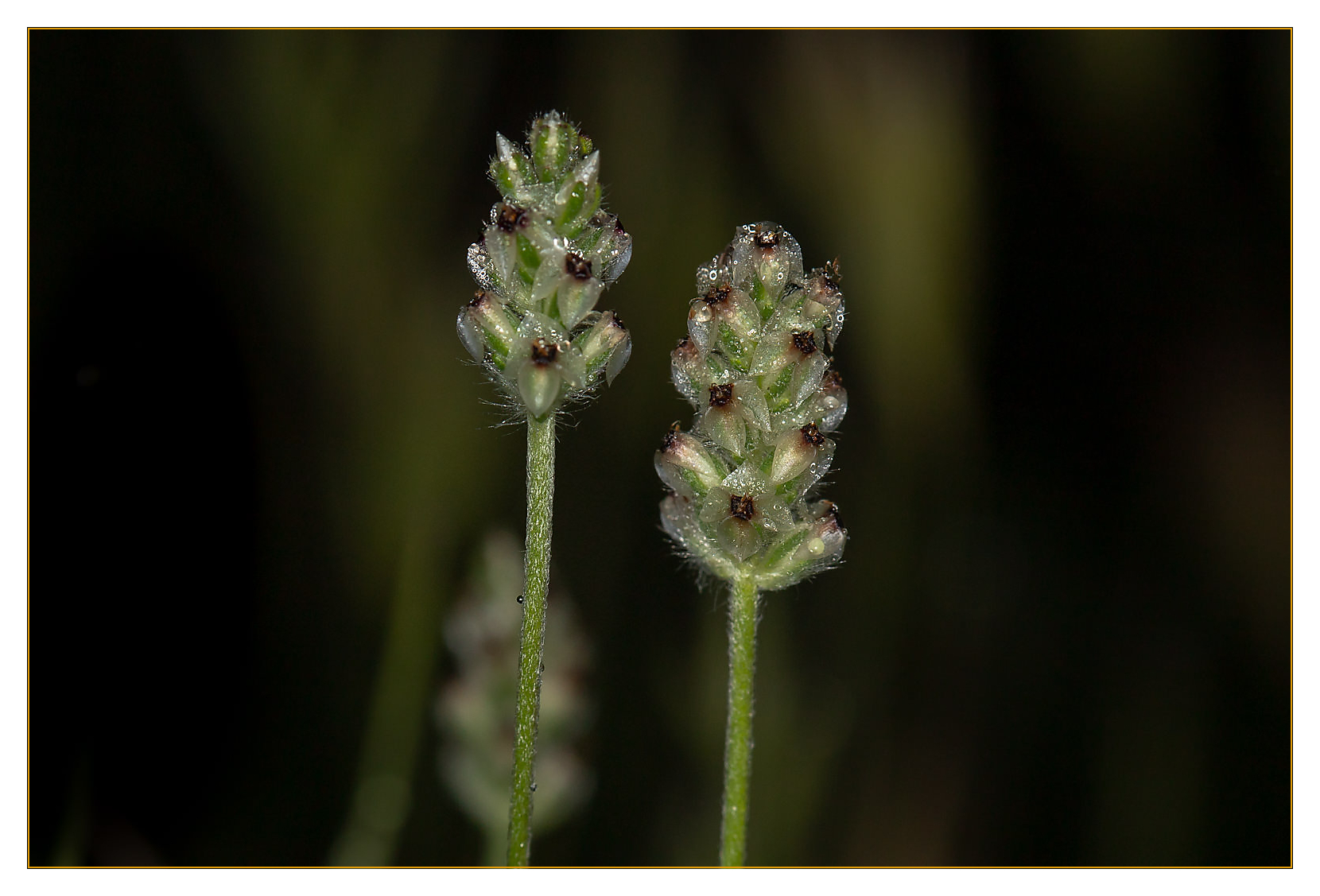California Plantain
- Plantago erecta
| Common Name(s): | California Plantain |
| Scientific Name: | Plantago erecta |
| Family: | Plantaginaceae (Plantain) |
| Plant Type: | Annual |
| Size: | Less than 12 inches |
| Habitat: | Coastal Scrub, Open Areas |
| Blooms: | March to April |
| Fire Response: | Germinate from Seed |
Plantago erectus commonly called California Plantain or Dot Seed Plantain, is a Native Annual found in Coastal sage scrub, chaparral and open grassland ares. When you pass by this plant on the trail you might mistake the plant as just another grass. Like all other native plants in our mountains, Plantago erectus has an important role to fulfill. Checkerspot Butterflies place their larvae on this plant. Plantago erecta is essential to the Federally listed and endangered Quino Checkerspot Butterfly. Seeds are consumed by the larvae.
After the first Winter rains this plant emerges from the ground. In short time this plant blooms, sets seed and is gone before the heat of Summer. When ready, seeds are exploded out short distances rather than carried by the wind. Harvester ants can also aide in the distribution of seeds as they forage for food and often lose a seed or two.
Perfect flowers (male and female parts) are pollinated by small insects. Cylindrical shaped spikes of flowers are an identifying feature. Botanists group plants by tribes. Plantaginaceae is the tribe that California Plantain is a member of. Characteristics of that tribe include the following: flower is composed of 4 fused petals, 4 fused sepals, 4 stamens, 4 fused carpels.
Seeds of Plantago erecta were harvested by Native Californians to be ground up or otherwise processed.
Link to Calflora.net - the best source of this fascinating information.
Name Origin: Latin, planta, footprint. Latin, erectus, erect.
Contributed by George Sherman
Featured Plants in the Plantaginaceae (Plantain) Family:
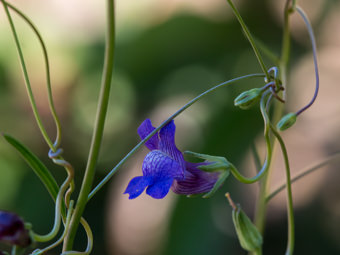
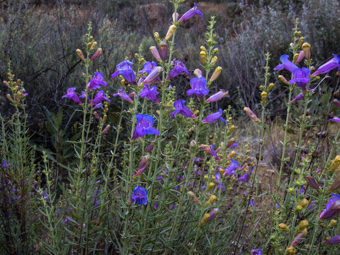
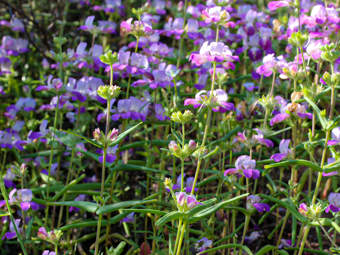
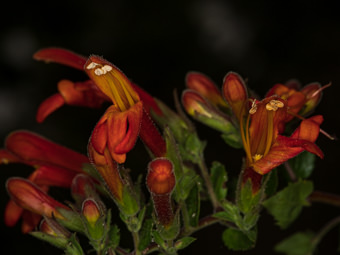
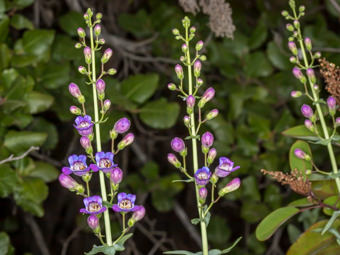
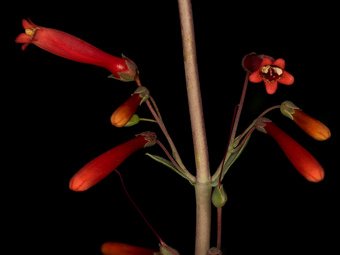
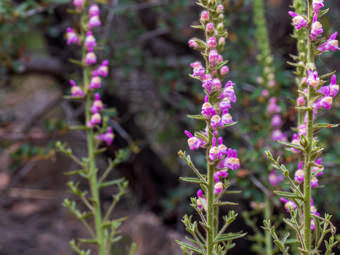
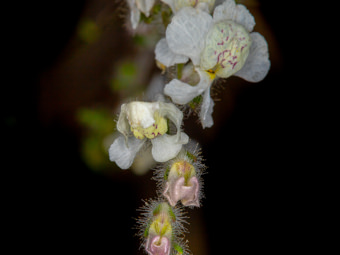
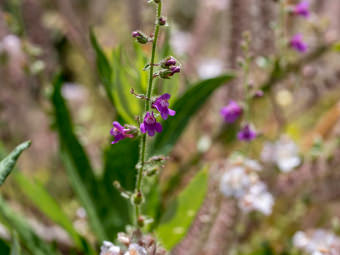
Last modified: August 21 2024 15:18:59.
Number of Images: 10
Image Size Total: 3,071,654
References:
Wildflowers of the Santa Monica Mountains, by Milt McAuleyFlowering Plants: The Santa Monica Mountains, Coastal and Chaparral Regions of Southern California, by Nancy Dale
Chumash Ethnobotany: Plant Knowledge Among the Chumash People, by Jan Timbrook
Leaf Shapes Primer - Botanical Terms for Leaves: - Link
